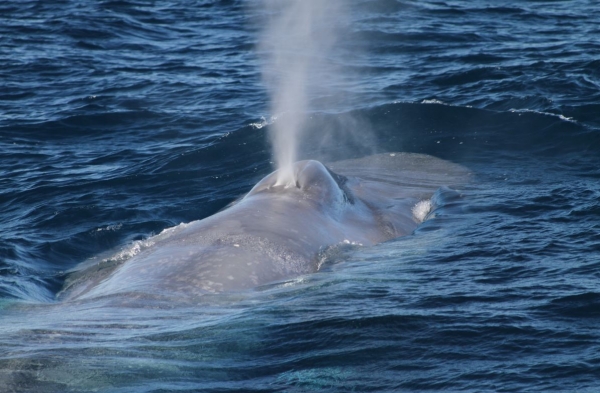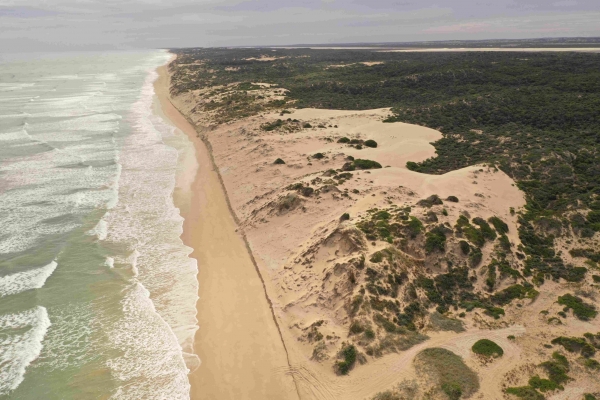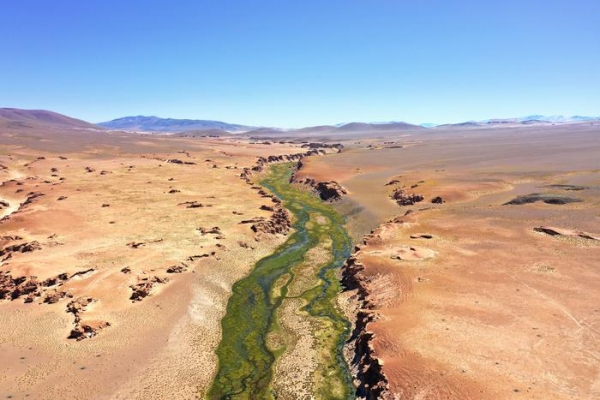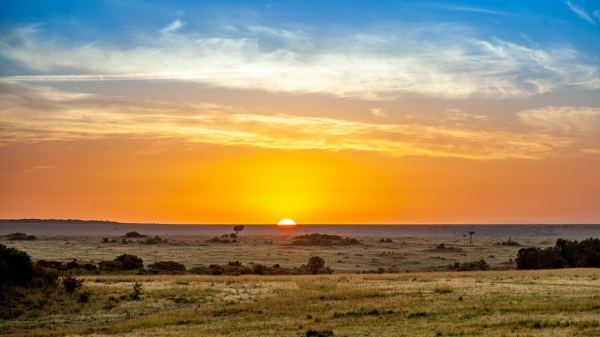The largest living animal, the blue whale (Balaenoptera musculus) which averages about 27 metres in length, has slowly recovered from whaling only to face the rising challenges of global warming, pollution, disrupted food sources, shipping, and other human threats.
articles
Coastal Dunes on the March
Coastal transgressive dunefields are on the march in South Australia – retreating inland from an angry ocean at an alarming rate.
Corn Reduces Arsenic Toxicity in Soil
Arsenic is a toxic metalloid of natural origin. Arsenic-contaminated soils and waters are found all over the world, especially in southeastern Asian countries like Bangladesh, Vietnam, and China.
For Mining in Arid Regions to be Responsible, We Must Change How we Think About Water, Say UMass Amherst Researchers
A research team led by the University of Massachusetts Amherst, in collaboration with the University of Alaska-Anchorage and Columbia University, has conducted the widest-ever hydrological tracer analysis of the Dry Andes region in Chile, Argentina and Bolivia, home to the majority of the world’s lithium deposits and other elements, such as copper, critical to the green energy transition away from oil and toward electricity.
Investment Needed in African Climate Science
Africa needs long term investment in scientific infrastructure and science careers to allow the continent to adapt to climate change and its effect on weather systems.
New Study Finds Previously Unreported and Persistent Super-Emitting Methane Plumes from US Landfills
In the largest and most comprehensive assessment to date of hundreds of U.S. landfills, scientists from Arizona State University, who are part of a research collaboration with Carbon Mapper, have discovered that many landfills in the U.S. are releasing high volumes of methane and are responsible for a disproportionately large share of pollution from this important sector.









